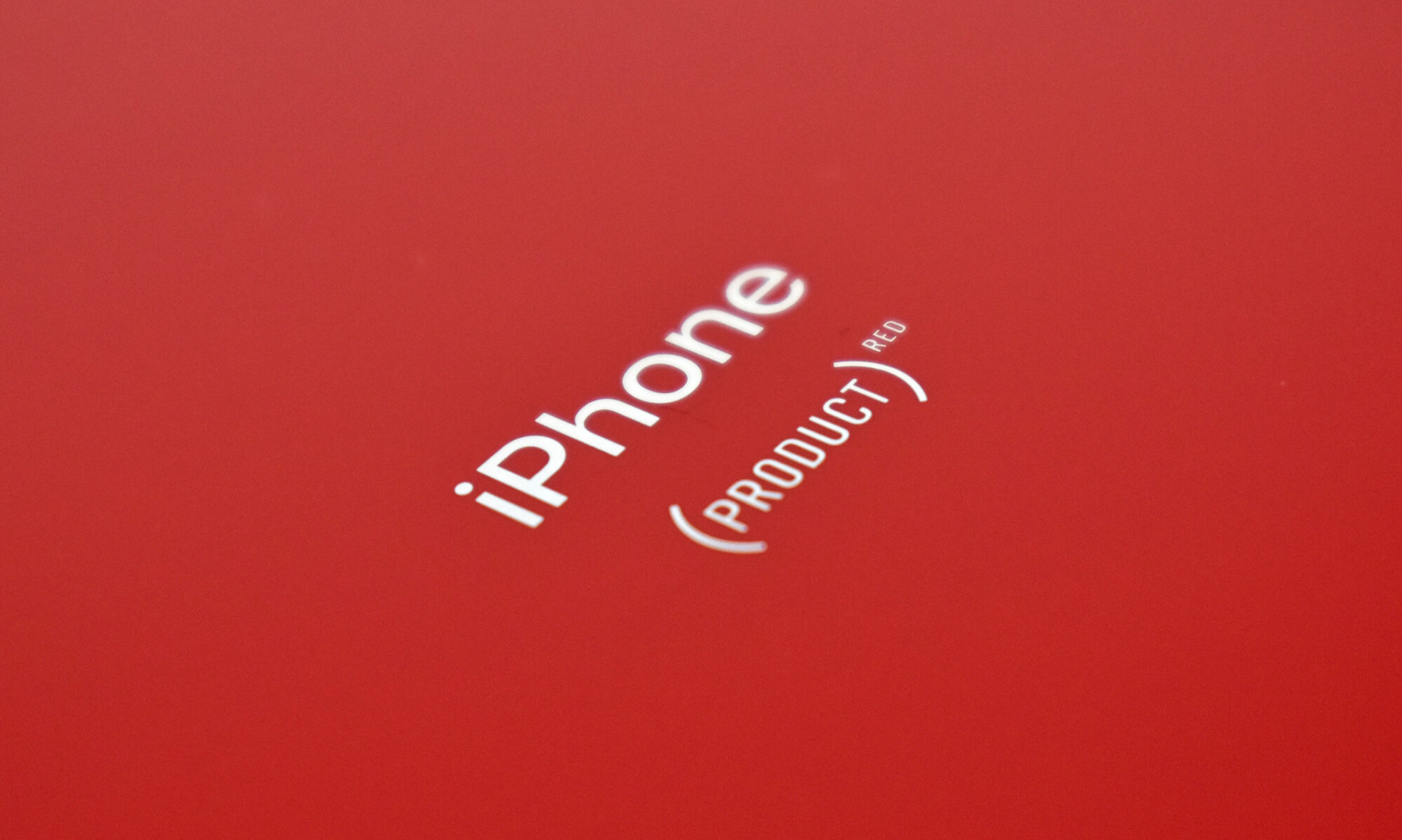This shirt was made available to selected Apple employees who are running enthusiasts. The shirt is made by SUGOi, a Canadian sportswear company that “offers a range of technically advanced clothing and accessories for all conditions and for everyone.”
The shirt is black and made from a textured fabric with a lining. The small front design is printed over the heart and features a red heart similar to the Heart Rate section in the Health app printed with “160 BPM.” The back of the shirt features a striking design with “Outdoor Run” printed at the bottom using a font and layout similar to the Apple Watch Activity app with the Activity rings printed below in matching colors. Eight bright green vertical stripes run from the bottom logo to the top neckline.
The left sleeve features an Apple logo, and the right sleeve includes the word “Apple” (although in a font that resembles Apple Myriad, an older rendition of Apple’s logotype that does not match this overall design).
Both the outer and inner layers of this shirt are textured, likely to promote moisture wicking. The interior lining is semi-transparent white.
Source: SUGOi







































































































